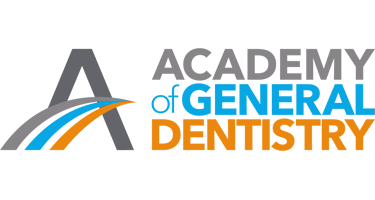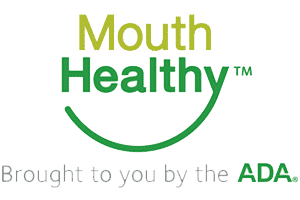
Oral Health Topics
We want to help you preserve your oral health and have an attractive smile you feel good about! Dentistry today offers a wide array of options to improve dental health and smile appearance. Taking care of your smile also makes good health sense; research continues to connect oral health issues to serious health conditions, such as cardiovascular disease, diabetes and stroke.
Dentists rely on dental xrays to help them see underneath the gums and between the teeth where the naked eye cannot view. The ability to view these areas is very important. By the time you can physically “see” a cavity, chances are, there is even more going on underneath the surface, with the potential to develop into infection and pain. We want to help you avoid this whenever possible!
How Xrays Work
Xrays are designed to detect density. In a dental xray, thicker areas, like teeth, dental fillings and bone, appear white, or “radiopaque”. Less dense areas, such as gum tissue, nerves, ligaments and blood vessels, appear darker. Areas with very low density are nearly black. In dentistry, we work in “shades of gray”, and varying density levels have special meaning:
Dr. Rodriguez and our Dental Hygienists use dental xrays to look for shadows that appear in the wrong places, such as:
- Tiny, dark areas between teeth or on tooth surfaces that may be an indication of decay,
- A decrease in jawbone levels surrounding teeth; this may be a sign of periodontal (gum) disease that can eventually lead to tooth loss,
- Dark circles at the tip of tooth roots or in the jawbone. These are suspicious areas that may be a sign of infection.
We will review your most recent xrays with you at each preventive visit, and will recommend any updates as needed. If it has been a while, we encourage you to call us and schedule an appointment for a checkup – we want to help you keep your smile healthy!
If you experience tooth pain or discomfort, please contact our office right away to make arrangements to be seen. Dental disease is progressive by nature, and delaying treatment can cause your condition to worsen and possibly result in infection or increased pain.
- If you call after business hours, we will provide information on how to reach Dr. Rodriguez.
- If you are unable to reach us or are out of the area, the hospital emergency room can offer assistance in dental emergency situations.
- Download our Tips for Common Dental Emergencies (.pdf), we recommend that you print these and keep them handy in your home first aid kit.
As an expectant Mom, are there any special oral health issues that I should be concerned about?
As a female dentist and mother, Dr. Rodriguez is especially passionate about prenatal and early childhood dental health. If you're planning to become pregnant or suspect you may already be pregnant, we recommend that you have a dental checkup soon. This can help avoid dental problems during your pregnancy, and, gives us the opportunity to assist you with a home care regimen that supports your oral health and the health of your baby.
During pregnancy, hormonal changes, particularly an increase in estrogen and progesterone, can exaggerate the way in which gum tissues react to plaque. If plaque is allowed to accumulate, it can cause gingivitis-red, swollen, tender gums that are more likely to bleed. Also known as “pregnancy gingivitis”, this condition affects most pregnant women to some degree and generally begins to occur as early as the second month of pregnancy.
Untreated gingivitis can lead to periodontitis, a more serious form of gum disease that includes bone loss. Research has linked the type of bacteria that causes periodontitis to pre-term delivery and low birth weight. As you can imagine, we take periodontitis very seriously, especially during pregnancy.
You can prevent gingivitis by keeping your teeth clean, especially near the gumline. You should brush gently and thoroughly at least twice a day, and floss at least once daily. Good nutrition keeps your smile healthy and strong; ask your physician about vitamin supplements that you might need to take.
Routine exams and cleanings can usually be performed throughout pregnancy; however, non-emergency procedures should only be performed during the second trimester of pregnancy. We try to avoid dental xrays during pregnancy as much as possible, although in an emergency dental situation, it may be necessary.



